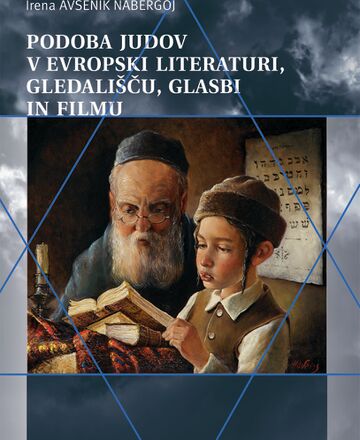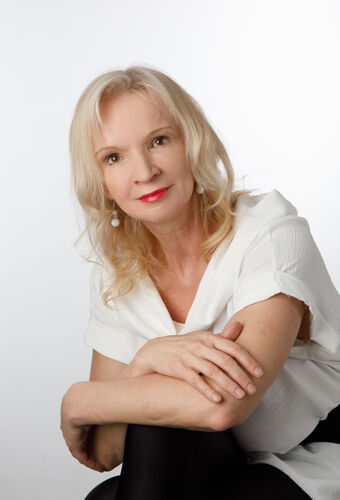
- Publisher: Slovenska matica
- N/A pages
- Author: Irena Avsenik Nabergoj
- Original title: Izvori podobe Judov v starejšem slovenskem slovstvenem izročilu
Historical memory of the relations between Jews and non-Jews reaches back to antient times, manifesting itself as a stigmatization of the Jewish nation. Throughout their history, Jews have searched for their identity in the circumstances set by the political, economic, religious and ideological factors of the more powerful and influential nations. This monograph comprises five parts differing in purpose and length. The first and second parts present various aspects of the European context of relations between Jews and non-Jews. The third and fourth parts bring a pioneer analysis of the Jew image in older Slovenian literary traditions emerging since Middle Ages under the influence of European works of various genres. From the viewpoint of the Jew image, the following works are presented among others: those by Trubar, Valvasor and Svetokriški; Dalmatin’s, the Škofja Loka, the Kapla and Drabosnjak’s passion plays; the Poljane manuscript; and a range of folklore passion-play prayers. The author proceeds from suggestions on the Hebrew (Israeli, Jewish) people being idiosyncratic, as are found in the Bible, in apocryphal writings, in partistic commentaries, in homilies, visons and revelations. The fifth part includes examples of the Jew image in influential fables, novellas and other moral-didactic narratives of older European literary traditions. Discussing examples of Jew motifs in the Enlightenment period in selected authors of European Romanticism and in Prešeren, this final part already points towards a passage from extensive, mainly sacred older literary traditions into a rapid growth of Slovenian secular literature, which will be the topic of the next book.
Irena Avsenik Nabergoj
Irena Avsenik Nabergoj is a research fellow and a full professor of religious studies and of the anthropology of religion at the University of Ljubljana (Faculty of Theology)’s Institute of the Bible, Judaism and Early Christianity; a research fellow at the Slovenian Academy of Sciences and Arts’ Research Centre’s Institute of Cultural History; and a full professor of literature at the University of Nova Gorica’s Faculty of Humanities and of Slovenian literature at the University of Maribor’s Faculty of Arts. She earned a PhD degree in literary studies at the Faculty of Arts in 2004 and a further one in theology (in Bible and Judaism studies) at the Ljubljana University’s Faculty of Theology in 2015. She has given lectures at a number of universities and scientific research associations in Europe, USA and Canada, including: the universities of Udine, of Verona and of Calabria, Italy; Charles University of Prague, Czech Republic; University of Iaş, Romania; University of Toulon, France; the universities of Klagenfurt and of Graz, Austria (2015); Umeå University, Sweden; University of Aberdeen, Scotland; University of Zürich, Switzerland; University of Gdansk, Poland; the universities of Mainz and of Hamburg, Germany. As a member of the American Association of Teachers of Slavic and East European Languages (AATSEEL), she has lectured in Philadelphia (in 2006, 2009, 2020, 2021), New York (in 2022), Chicago (in 2007, 2014), San Francisco (in 2008, 2017), Seattle (in 2012), Boston (in 2013), Vancouver (in 2015) and Austin (in 2016). She has given a significant number of lectures at the International Medieval Congresses organised yearly by the University of Leeds, England (i.e., in 2010, 2011, 2015, 2016, 2017, 2019, 2022). In her research, she mainly focuses on Slovenian and comparative literature, the Bible and Judaism. She has published, in Slovenia and internationally, around one hundred research papers and fourteen scholarly monographs. As a visiting researcher, she has spent ten significant periods of time at the University of Cambridge. She received the Slovenian national Zois Distinction for a vital contribution to literary studies in 2009, and was also distinguished by having being elected in 2015 a full member of the European Academy of Sciences and Arts, Class I – the Humanities.










 RSS
RSS
